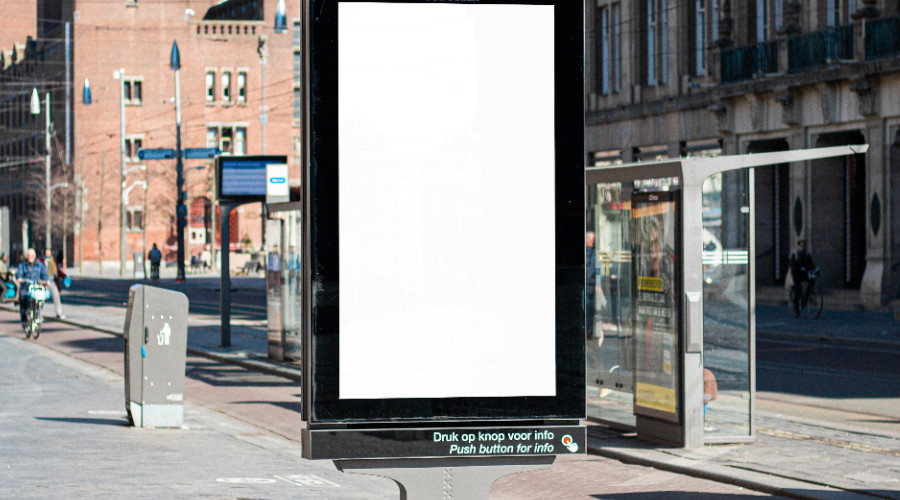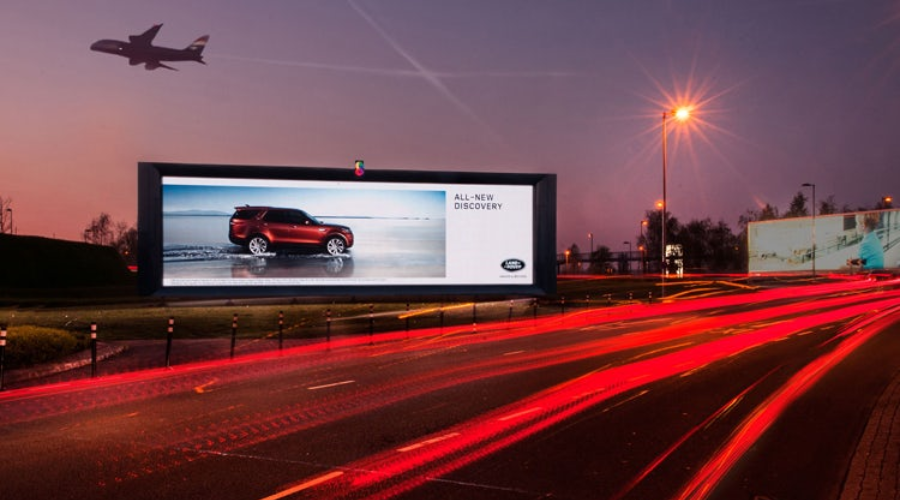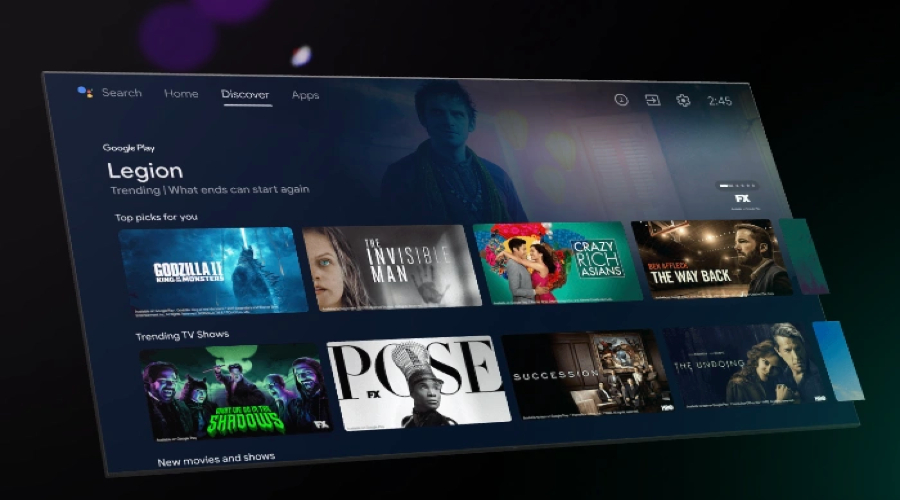Best Practices for Complying with Digital Signage Regulations
In the evolving scene of digital advertising, digital signage has become as a powerful tool for marketers. They can grab attention, build brand awareness, and drive sales. But, like any potent tool, it comes with its regulations. In this article, we will take a look at the best practices for complying with digital signage regulations.
For marketing professionals, understanding these rules is a legal necessity and a key to effective and responsible advertising. We will delve into the key legal considerations, the process of securing permits, and how to ensure that your signs are safe and accessible.
Being aware of legal factors
In the realm of digital signage, several legal aspects demand your attention. These can range from zoning laws that dictate where you can place your signs to regulations about the type of content you can display. For instance, in many areas, there are restrictions on signs that could be considered distracting to drivers. For example, signs with flashing or moving content. Similarly, some regions have restrictions on digital signage to reduce light pollution.
Understanding these laws is crucial to ensure your signage is compliant and doesn’t cause any legal issues. Consulting with a legal professional experienced in local advertising laws can help navigate these complexities.
Having the necessary permits
Several cities and towns require permits for outdoor digital signage. This process can vary widely from jurisdiction to jurisdiction and involves a detailed understanding of local regulations.
The permit process may involve:
providing detailed plans of your sign’s design and placement
paying a fee
undergoing a review by a local board or commission.
For example, New York City requires a detailed application process for outdoor signage. It’s required to provide specifications such as sign size, illumination type, and installation method.
Following the permit application process carefully will help you avoid any legal roadblocks down the line.
Accessibility and safety
Digital signage needs to be accessible. For example, if your sign includes audio content, it may also need closed captioning to be accessible to those with hearing impairments.
Another crucial thing is safety. Your digital signage shouldn’t pose a risk to the public. Whether it is falling debris or causing distractions that could lead to accidents.
An accessible and safe sign is not just compliant. It can also effectively reach a wider audience.
Keeping up with changing regulations
As digital signage technology evolves, so do the laws and regulations around it. For marketing professionals, staying updated with these changes is critical.
It might involve regular check-ins with your legal team, attending industry workshops, or subscribing to relevant regulatory update feeds.
Conclusion
Navigating the world of digital signage regulations might seem complicated. But it’s essential to effective marketing. By understanding the key legal considerations, securing the necessary permits, and ensuring accessibility and safety, you can leverage digital signage to its full potential.
As a marketing professional, your mission is to create compelling campaigns and ensure they comply with the rules of the land. And as you stay updated with the changing regulations, you’ll ensure your digital signage continues to serve your brand well into the future. If you want to learn even more, check out our article about digital outdoor advertising.


